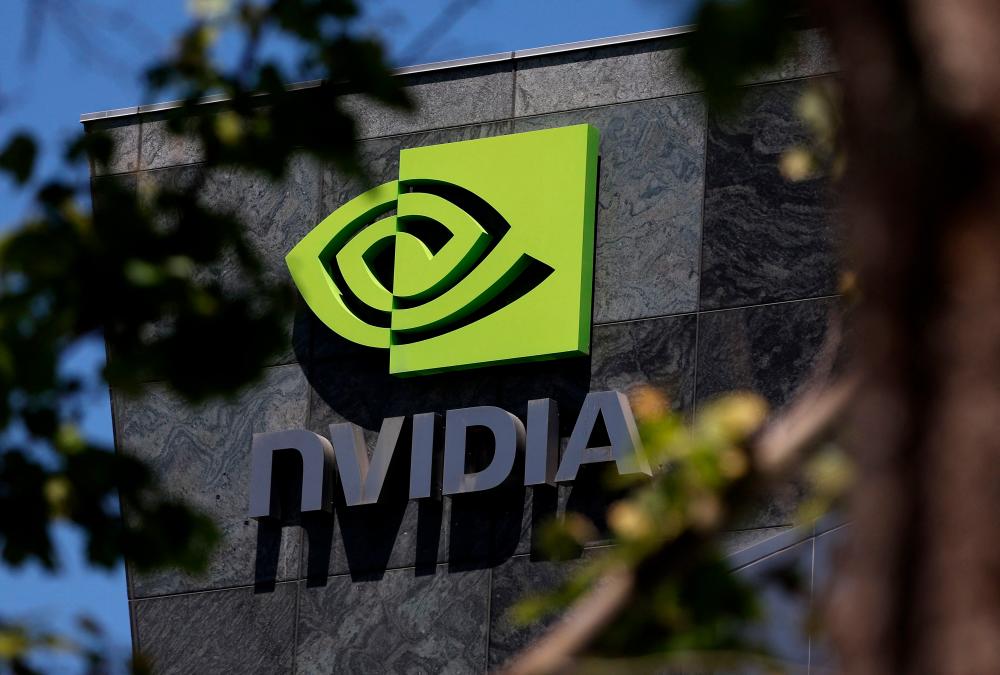The Indian Rupee (INR) sees a recovery on Monday, influenced by a stronger US Dollar (USD) driven by positive US job data. The Reserve Bank of India (RBI) is anticipated to maintain the interest rate at 6.50% on Thursday. The market’s focus will be on the US ISM Services PMI for January, scheduled for Monday. The recent strength in the US job market data is expected to diminish hopes for early rate cuts by the US Federal Reserve (Fed), supporting the USD.
Economists predict the RBI to keep rates steady until at least the third quarter, while expectations for an early rate cut by the US Federal Reserve in the next quarter persist.
Additionally, the US ISM Services PMI data will be crucial, and attention will be on the RBI interest rate decision on Thursday, likely to maintain the status quo for a sixth consecutive policy review.
Key market movements include India’s S&P Global Services PMI rising to 61.8 in January, signaling strong demand and marking the 30th consecutive month of expansion. The Indian government plans a record infrastructure spending of 11.11 trillion Rupees (about $134 billion). The budget deficit for fiscal year 2024 is projected at 5.8% of GDP, aiming to reduce it to less than 4.5% by fiscal year 2026.
Technical analysis reveals the USD/INR pair consolidating within a descending trend channel of 82.78–83.45. The bearish tone persists as the pair remains below the key 100-period Exponential Moving Average (EMA) on the daily chart. On the upside, breaching 83.00 could lead to a rally to the upper boundary of the descending trend channel, while on the downside, breaking the lower limit at 82.71 may target a low of August 23 at 82.45.
US Dollar price today
The table below shows the percentage change of US Dollar (USD) against listed major currencies today. US Dollar was the strongest against the Swiss Franc.
| USD | EUR | GBP | CAD | AUD | JPY | NZD | CHF | |
| USD | 0.01% | 0.10% | 0.01% | -0.12% | -0.08% | -0.17% | 0.12% | |
| EUR | -0.01% | 0.09% | 0.01% | -0.13% | -0.10% | -0.17% | 0.10% | |
| GBP | -0.10% | -0.09% | -0.09% | -0.22% | -0.19% | -0.27% | 0.01% | |
| CAD | -0.01% | -0.01% | 0.08% | -0.13% | -0.10% | -0.18% | 0.10% | |
| AUD | 0.12% | 0.15% | 0.24% | 0.13% | 0.03% | -0.04% | 0.23% | |
| JPY | 0.08% | 0.08% | 0.17% | 0.10% | -0.05% | -0.09% | 0.20% | |
| NZD | 0.16% | 0.17% | 0.27% | 0.17% | 0.04% | 0.08% | 0.28% | |
| CHF | -0.12% | -0.11% | -0.02% | -0.10% | -0.23% | -0.20% | -0.28% |
The heat map shows percentage changes of major currencies against each other. The base currency is picked from the left column, while the quote currency is picked from the top row. For example, if you pick the Euro from the left column and move along the horizontal line to the Japanese Yen, the percentage change displayed in the box will represent EUR (base)/JPY (quote).
RBI FAQS
What is the role of the Reserve Bank of India?
The role of the Reserve Bank of India (RBI), in its own words, is “..to maintain price stability while keeping in mind the objective of growth.” This involves maintaining the inflation rate at a stable 4% level primarily using the tool of interest rates. The RBI also maintains the exchange rate at a level that will not cause excess volatility and problems for exporters and importers, since India’s economy is heavily reliant on foreign trade, especially Oil.
How do the decisions of the Reserve Bank of India affect the Rupee?
The RBI formally meets at six bi-monthly meetings a year to discuss its monetary policy and, if necessary, adjust interest rates. When inflation is too high (above its 4% target), the RBI will normally raise interest rates to deter borrowing and spending, which can support the Rupee (INR). If inflation falls too far below target, the RBI might cut rates to encourage more lending, which can be negative for INR.
Does the Reserve Bank of India directly intervene in FX markets?
Due to the importance of trade to the economy, the Reserve Bank of India (RBI) actively intervenes in FX markets to maintain the exchange rate within a limited range. It does this to ensure Indian importers and exporters are not exposed to unnecessary currency risk during periods of FX volatility. The RBI buys and sells Rupees in the spot market at key levels, and uses derivatives to hedge its positions.







